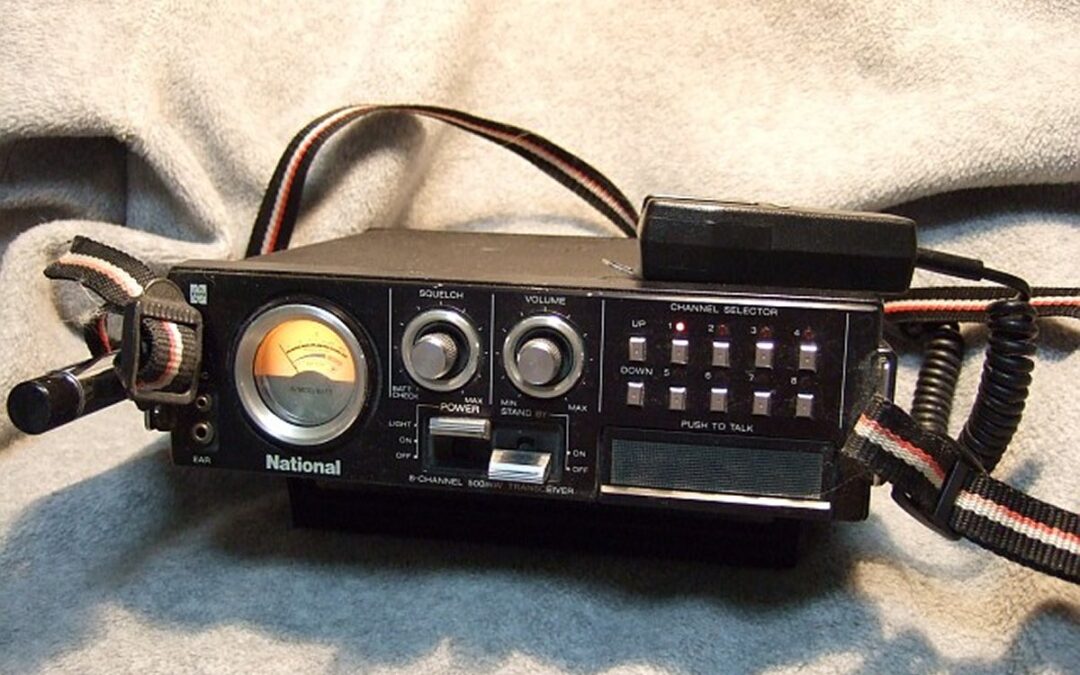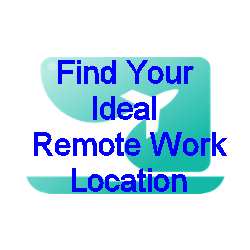If you want to understand the power of social networks, you can learn a lot from going to funerals. I suppose I could learn more if I went to more, but I’m glad that I don’t have to. This weekend was my last Aunt’s funeral. She made it to 88 years old and had a good life. As with most funerals, people talk about the person and tell some stories. Some I knew, some I didn’t. But one that I had been a part of, I didn’t think about much until now. The story starts in the 1970s but has a unique connection to today. It helps to know a little bit about the history of social media.
The History of Social
LinkedIn has been with us for 20 years, and it continues to evolve with how it is being used. Facebook came along a year after LinkedIn and Twitter (X) a couple of years after that. Before that, there was AOL, Prodigy, The WELL, Usenet, and Internet Relay Chat (IRC). While each sort of merged into the mainstream over time, each burst into the market in new ways and opened new opportunities for connections.
I’ve used most of them over the years. They all seemed to have their cycle of adoption, growth, and decline. We tend to grow a little bit, things eventually become mainstream, and usually, we move on to something else. I still use Facebook to keep up with friends and families, but it’s not exactly a place for establishing new connections any more.
LinkedIn I think has pulled away from the herd in the past 3 years in terms of making connections and sharing ideas. I think I’ve had more meaningful new connections recently, than in the past couple of decades of social networks. I don’t know if LinkedIn gets all the credit, or if it’s just the right time.
Starting Over
For the first time in 100 years, being together became dangerous in early 2020. Maybe you heard about it. Part of that forced distancing was a realization that how we were connecting in the office or elsewhere, wasn’t meaningful. LinkedIn seems to be the social platform that has allowed people to make new meaningful connections. People have been also looking beyond that and connecting with people IRL. Yes – that’s In Real Life. This is where you take that initial connection that took place in the electronic world, and you meet people and have relationships with them. It’s sort of an amazing concept.
So what is this going to look like in 2040? We are planting seeds today that are hopefully going to change our lives and the lives of those around us. We are reaching out to people further from us, and discovering our tribe in ways that we never have before. We are no longer limited to connections in the same state, or time zone. We aren’t just making local connections, we are also making global connections, and some of them will be important parts of the rest of our lives. It won’t always happen, but it can happen, and that’s the promise of social networks. Before all of the ones we know, there was an earlier version that takes us back to the 1970s.
Breaker Break
The Seventies were a strange time. the Vietnam War was still going on, Disco was the music of choice, and truckers were using CB radios. In the late 1970s, there were movies like Smokie and the Bandit and Convoy that cemented CB radios into our culture. At some point, the technology jumped from the realm of truckers to that of hobbyists creating the first electronic social network.
It was not without limitations. At the time, a CB radio required an FCC license, and if you were lucky you might be able to talk to people 20 miles away at most. I won a CB radio in a high school magazine sales contest and they were pretty popular in our town. You could have interesting conversations with new people and you didn’t always know who you were talking to because people used call signs. But much like today, sometimes relationships make the jump from online to Real Life.
I think my aunt planted the idea with me. She had a CR radio for a while before I got mine. I don’t remember if she got it for her business or just for fun, but it quickly became a way to connect with people you knew and people you didn’t know. There was a regular group of people who were online, usually at night after work or school. They would talk about the weather, hobbies, and local issues. Sort of like social media today.
Making Connections
On one particular day around 1980, there was a conversation about landscaping on the CB radio. My aunt had a flower shop and she and a local landscaper in another town were talking about plants. He had run out of a certain type, and my aunt had several in the greenhouse. And that’s how they met. That jump from social network to In Real Life started a friendship, a business, and eventually a love story that lasted for over 40 years. This is the power of social networks.
I didn’t know the part about the plants until I heard the story recounted at my aunt’s funeral. We don’t know if the connections we are making online will be significant in our lives. But I think we are more aware of it now. We have seen what doesn’t work, and we want more out of life. The likelihood that someone you meet on social media will become the love of your life and be with you to the end is small. But it does happen. It just shows the possibility of intentional connections when we bridge our social networks with the real world.



